A 22-year-old Australian university student has solved a problem which has puzzled astrophysicists for decades, discovering part of the so-called "missing mass" of the universe during her summer break.
Undergraduate Amelia Fraser-McKelvie made the breakthrough during a holiday internship with a team at Monash University's School of Physics, locating the mystery material within vast structures called "filaments of galaxies".
 Full Story
Full Story
The moon may have a lot more water than imagined, perhaps as much as on Earth in some parts, a study said Thursday, in a discovery that has cast doubt on long-held theories about how it was formed.
The moon was long thought to be a dusty, dry place until a few years ago when frozen water was discovered there for the first time.
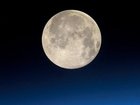 Full Story
Full Story
The fourth of Europe's robot freighters, due to be launched to the International Space Station (ISS) in early 2013, has been named after Albert Einstein, the European Space Agency (ESA) said on Thursday.
The 20-ton Automated Transfer Vehicle (ATV) is one of Europe's main contributions to the multinational ISS project.
 Full Story
Full Story
Are these planets without orbits? Astronomers have found 10 potential planets as massive as Jupiter wandering through a slice of the Milky Way galaxy, following either very wide orbits or no orbit at all. And scientists think they are more common than the stars.
These mysterious bodies, apparently gaseous balls like the largest planets in our solar system, may help scientists understand how planets form.
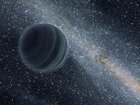 Full Story
Full Story
An ancient sea predator with a spined head and plated mouth grew to a much greater size and lived far longer than thought, according to a study Wednesday shedding light on one of the Earth's most intriguing evolutionary periods.
Scientists, in a paper published by the journal Nature, describe the splendid fossil of an animal called an anomalocaridid.
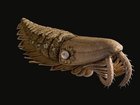 Full Story
Full Story
A flowering plant has been found at an altitude of above 4,505 metres (14,780 feet) on the central Swiss alps -- a European record, Basel University said Tuesday.
"It is almost a miracle, but at 4,505 metres, at 40 metres below the Dom peak in the canton of Valais, the ... Saxifraga oppositifolia has been recently discovered," said the university in a statement.
 Full Story
Full Story
A jumping cockroach, a glow-in-the-dark fungus, a rust-eating bacterium and a leech named "T-rex" were among the top 10 new species discovered in the world last year, US scientists said Monday.
The creatures were uncovered in Brazil, Madagascar, South Africa, Peru, the Philippines, West Africa, the US state of Oregon, the Mascarene Islands in the Indian Ocean, the Gulf of Mexico and the North Atlantic Ocean.
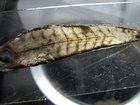 Full Story
Full Story
Astronomers are puzzling over an extraordinary cosmic blast in a distant galaxy.
The gamma-ray explosion was observed on March 28 by NASA's Swift satellite. Flaring from such an event usually lasts a couple of hours.
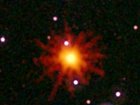 Full Story
Full Story
A superbly preserved artificial big toe found strapped to the mummified remains of an Egyptian woman is the oldest functional prosthesis ever found, experts said Monday.
Discovered in 2000 near Luxor in the necropolis of Thebes, the wood-and-leather device belonged to Tabaketenmut, a high priest's daughter who lived between 950 and 710 BC.
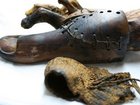 Full Story
Full Story
After a long-distance courtship, a NASA spacecraft is set to meet up with its celestial sweetheart — a comet half the size of Manhattan that had an encounter with another spacecraft not long ago.
The rendezvous between Stardust and comet Tempel 1 occurs on Valentine's Day some 210 million miles from Earth. Hurtling at 24,000 mph, Stardust will fly within 125 miles of the potato-shaped comet, snapping pictures along the way.
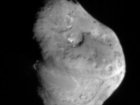 Full Story
Full Story



